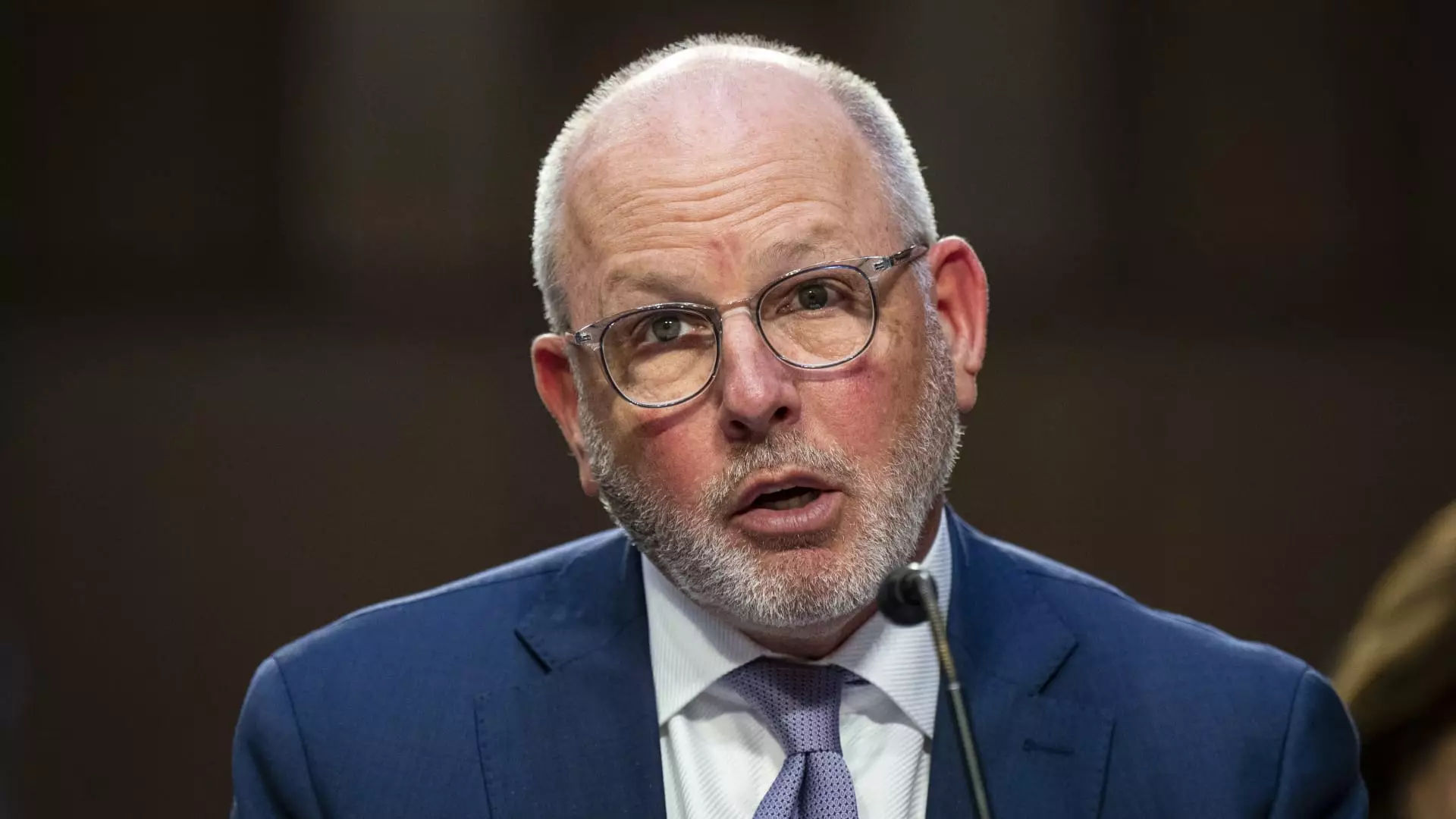In recent discussions surrounding healthcare, the spotlight has increasingly fallen on pharmacy benefit managers (PBMs), particularly entities like CVS Health’s Caremark. These intermediaries have become the center of a heated debate, as they navigate the delicate balance between negotiating drug prices and affecting patient access to medications. While CVS CEO David Joyner contends that PBMs are crucial in counteracting rising healthcare costs, critics argue that these middlemen contribute to inflated prices rather than mitigating them. This article explores the complexities surrounding PBMs, their impact on drug pricing, and the ongoing scrutiny they face.
PBMs serve multiple roles within the healthcare system. They negotiate with pharmaceutical manufacturers to secure discounts, create formularies of covered medications, and manage reimbursements to pharmacies. The prevailing notion is that these operations should lead to cost savings for insurers, and by extension, for patients. Joyner emphasized that PBMs are instrumental in generating significant savings, asserting that they collectively provide a net value of over $100 billion annually to the healthcare system. He promotes the idea that these intermediaries help level the playing field against drug manufacturers’ monopolistic pricing strategies.
However, this perspective raises questions about transparency and accountability. Critics from both the pharmaceutical sector and legislators insist that PBMs retain a substantial portion of these savings, leaving patients and pharmacies at a disadvantage. By negotiating rebates that are not always passed down to consumers, PBMs have been characterized as yet another layer of bureaucracy contributing to the inefficiencies of the healthcare system.
During his comments in the recent earnings call, Joyner shifted the narrative by emphasizing the alleged monopolistic practices of drug manufacturers. By attributing the surge in drug prices to manufacturers’ tactics, he aimed to deflect responsibility from PBMs. He pointed to the inflated gross drug spending attributed to branded manufacturers, with a staggering $21 billion increase noted in a short span—though details on this claim remained vague.
This blame-shifting speaks to a broader issue in the healthcare debate: the complexity of who is truly at fault for soaring medication prices. While there is merit to Joyner’s argument that manufacturers often impose steep price increases, it does not absolve PBMs from their role in this tangled web. Rather, it invites a deeper examination of the multifaceted relationships among PBMs, insurers, and pharmaceutical companies.
The conversation around PBMs is evolving, with increased attention from both Democratic and Republican lawmakers, along with regulatory bodies like the Federal Trade Commission (FTC). They are scrutinizing the practices of these healthcare middlemen more closely than ever. Legislative proposals aimed at regulating PBM practices underscore a growing concern that their influence in the market needs to be curtailed to foster transparency and fairness.
According to the Pharmaceutical Research and Manufacturers of America (PhRMA), the pressure is mounting for PBMs to demonstrate the economic value they claim to provide. As state attorneys general and federal policymakers ramp up inquiries, PBMs stand at a crucial juncture: continue operating with minimal oversight, or adapt their practices to restore trust in their capacity to negotiate on behalf of patients and payers alike.
As the discourse surrounding PBMs continues to evolve, it is clear that their role in the U.S. healthcare system is both invaluable and controversial. The defense presented by CVS Health’s CEO highlights the need for PBMs to assert themselves as advocates for lower drug costs, a claim that must be transparently supported by demonstrable return on investment for consumers. Simultaneously, PBMs must reconcile their practices with the growing demand for transparency in an era where healthcare costs are scrutinized more intensely than ever.
Ultimately, whether PBMs can effectively balance their roles as negotiators and facilitators while ensuring that the benefits of their efforts directly reach patients remains a pressing question in the ongoing fight for affordable healthcare in America. Striking this balance will not only elevate the societal perception of PBMs but could also redefine their contributions to the intricate drug pricing system, potentially leading to more effective and equitable healthcare outcomes.


Leave a Reply